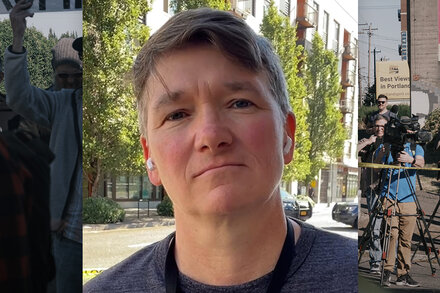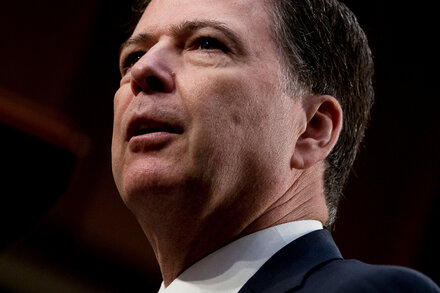
Portland, Oregon, found itself at the epicenter of a national debate on federal intervention and states’ rights following then-President Donald Trump’s repeated threats to deploy the National Guard to quell ongoing protests. The city’s reaction was a complex mix of official condemnation, defiant public demonstrations, and heightened community resolve against what many perceived as an unwarranted federal overreach.
The threats emerged in the summer of 2020, a period marked by widespread protests against racial injustice and police brutality across the United States. In Portland, these demonstrations had been a daily occurrence for weeks. Prior to the National Guard threats, the city had already experienced the controversial deployment of federal agents from agencies like the Department of Homeland Security (DHS) and Customs and Border Protection (CBP) to protect federal property, leading to escalating clashes with protesters.
Official Rejection and Calls for De-escalation
Local and state leaders in Oregon swiftly and unequivocally rejected the prospect of a federalized National Guard deployment without their consent. Governor Kate Brown repeatedly called for federal agents to withdraw from Portland, asserting that their presence was exacerbating tensions rather than restoring order.
“The federal government is not wanted here. We are not a federal battlefield,” Governor Brown stated, emphasizing Oregon’s capacity to manage its own affairs. “This is a fight between the federal government and state and local government. And we will stand up for our rights as a state.”
Portland Mayor Ted Wheeler echoed these sentiments, condemning the federal presence as an “occupation” and arguing that the tactics employed by federal agents were counterproductive. He maintained that federal intervention was undermining efforts by local law enforcement and community leaders to de-escalate the situation and address the root causes of the protests.
“They are not wanted here. We haven’t asked them to be here. We are demanding that they leave,” Mayor Wheeler articulated, highlighting the lack of coordination and consent for the federal deployment.
Public Defiance and Heightened Protests
The public reaction in Portland to the threats and the existing federal presence was largely one of defiance. Far from deterring protesters, the federal intervention appeared to galvanize the movement, drawing larger crowds to the nightly demonstrations outside federal buildings, particularly the Mark O. Hatfield United States Courthouse.
Activists and residents viewed the federal presence as an infringement on civil liberties and a direct challenge to the First Amendment right to protest. Reports of federal agents detaining individuals in unmarked vans and using tear gas and less-lethal munitions against protesters further fueled public anger and resistance. Community groups organized rapid response networks, provided legal aid, and offered medical support to those injured during confrontations.
One protester, frequently quoted during the period, remarked, “When they brought in the feds, it just made more people come out. It showed us that what we’re doing is making a difference, and they’re scared of it. We won’t be intimidated.”
The city’s unique cultural identity, often characterized by its progressive politics and history of activism, played a significant role in shaping its response. Many residents saw the federal actions as an assault on their community’s values and autonomy, leading to a strong sense of solidarity among protesters and local officials alike.
While the National Guard ultimately remained under state control in Oregon, the threats and the actual deployment of federal agents without local consent created a lasting legacy of friction between federal and local authorities and intensified the commitment of Portlanders to their protests.
Source: Read the original article here.





